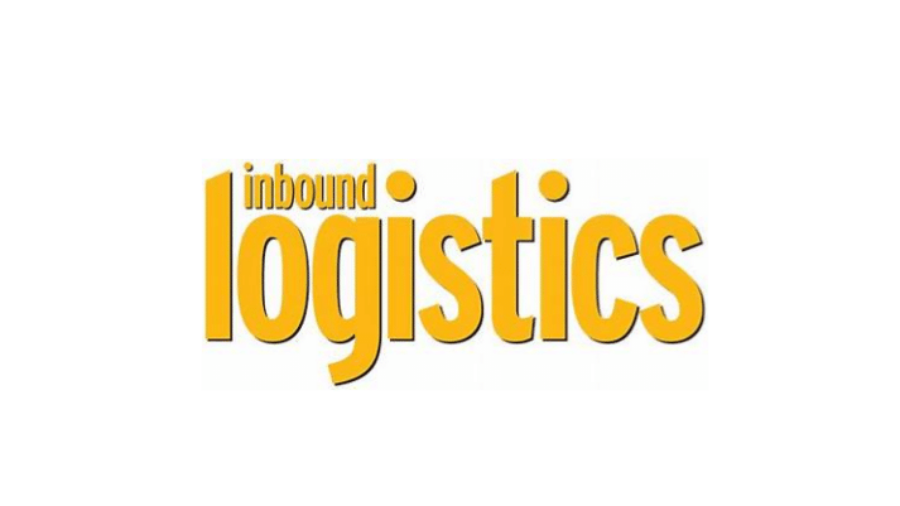Aging ERPs can fail to meet business demands, which has some organisations seeking change.
Navigate Shipping Landscape with Proactive Analytics
Reading Time: < 1 minute
More than ever, shippers today are feeling the pressure from both customers and carriers. While we live in an age where same-day delivery and free shipping have become customer expectations, we also live in an age where dimensional weighting and quarterly accessorial increases have become a reality from the carrier. Although this may seem like a losing battle, there is hope. Relying on proactive rather than reactive analytics, and the ability to make specific actionable callouts from these data sets, will be key to navigating the ever-changing shipping landscape both now and in the future.
Keys to a Successful Dropship Implementation
Reading Time: < 1 minute
Omni-channel retailers and manufacturers/distributors require agility to compete and thrive in an industry that is ever-changing due in large part to the Amazon Effect. Retailers are adapting their network for an omni-channel approach to enhance their customer experience and offer a wider online product assortment, which can include enabling vendors to dropship on their behalf. Manufacturers and distributors are looking to expand their sales channels and get more of their brands in the hands of customers to generate loyalty, which can mean drop shipping on behalf of retailers looking to expand their product assortments. This process can be a win-win for both retailers and manufacturers/distributors alike. Now, how does a retailer or manufacturer/distributor get started?
Choosing a Third-Party Logistics Provider
Reading Time: 2 minutes
1. Sign a contract. The contracting phase is a tell-tale sign for how the organisations will mesh culturally. Good future partners figure out how to work together through the terms and conditions process, just like they will through operational or systems difficulties.
2. Understand that size, services breadth, and experience matter. While prospective logistics providers will describe their differentiators, do your homework and thoroughly vet them to learn their true capabilities and competencies. That’s the way to identify a true match.
3. Make a business Case to outsource or switch to a 3PL. Assuming it is not a foregone conclusion, it is important to take the time to determine the value—potential return on investment, switching costs, process, and systems implications—around the outsourcing decision. This can take time, not just from an analysis perspective, but also from a cultural or organisational perspective.
4. Identify the right players. There are a lot of logistics service providers in the market, so determining the right type of partner—whether industry-specific, commodity-specific, technology/automation-driven, geographic, and/or scalability-driven—is crucial.
5. Negotiate. Pricing and negotiations should come after you identify the right partner. These should be long-term engagements, with savings goals, targets, and contingencies based on near-term returns and more partner-friendly pricing based on longer-term needs for service and growth—for all parties.
6. Include service-level agreements. Tie service-level agreements to financial incentives for all parties. Everyone has cost, profit, and inflation considerations, so think broadly about how this will play into pricing, which all too often is one-sided.
7. Understand the 3pl’s uniqueness (the art). Due to market structure and complexities around business requirements, it is important to evaluate the providers outside of the RFP and defined process. Your 3PLs are important to your vendor/supplier/customer/carrier partners, and they all need to be an extension of your team. Evaluate 3PLs like they are future colleagues.
8. Compare apples-to-apples (the science). A well-structured RFP and timeline help create a fair and equitable environment for those interested and a fit to propose their capabilities against the defined design and requirements. Providers might try to disrupt this process for a variety of reasons, but that is OK and expected for good reasons: They want the business and they want to help you.
9. Decide on support team members. Have the core project teams and operators on both sides meet to understand who will be working together. It will be obvious if the right team members are involved for a successful relationship. It comes down to the people.
10. Document design and requirements thoroughly. Once you decide to outsource or switch providers, draw up a detailed solution design and requirements document to communicate who, what, why, and how.
CPG Success: Top-Shelf Solutions
Successful CPG businesses are reaching for efficient manufacturing operations and new supply chain and transportation models.
Labor Management navigates worker shortage
Reading Time: 2 minutes
A fundamental shift is underway in labour management best practices today. And it’s coming none too soon.
As you well know, labour is tight and often on the move from one employer to another. And, we all know that’s not going to change anytime soon. In fact, the Conference Board doesn’t expect the blue collar labour shortage to improve until 2030 or later.
Meanwhile, distribution centre managers are under constant pressure to improve productivity as the velocity of DCs continues to ramp up. Omni-channel and e-commerce are generally making the drive for higher performance even more acute—and that’s not about to change either.
That confluence has created a pinch point that can be difficult to squeeze through on many DC floors. But it’s not impossible.
“First-line supervisors and their managers need to focus on making associates confident and successful in their day-to-day activities,” explains Jim Chamberlain, senior director of industrial engineering at third-party logistics provider DSC Logistics. “That requires an investment of time and effort to balance success with accountability.”
Experts agree that a DC with that balance is a different kind of workplace.
“You can tell the difference when you walk into a well-run DC. People are working. They’re moving. They know they will be rewarded, and it shows. Nobody wants to be at the bottom of the barrel in terms of personal performance,” explains Steve Simmerman, senior director of JDA’s global and alliance team.
Better yet, those workplaces typically have a much reduced turnover rate than other DCs that report turnover rates of 35% or more, says Simmerman.
Chamberlain says DSC Logistics’ turnover rate attributed to its labour management programme is less than 5% across 55 sites. “The only thing worse to us than losing an employee is a safety violation,” he says. That’s easy to appreciate for anyone who has interviewed 15 or 20 people just to find the one who both shows up consistently and does a good job.
Beyond measuring an individual’s performance, “labor management is a retention tool,” says Jon Kuerschner, vice president of supply chain solutions at HighJump.
That said, labour management is still building its base in DCs. Estimates for penetration of labour management software vary. But it is generally agreed that larger companies typically include the software when purchasing a warehouse management system (WMS). Smaller companies are not as enthusiastic while those with fewer than 100 employees use labour management software the least. But that doesn’t have to be the trend going forward.





